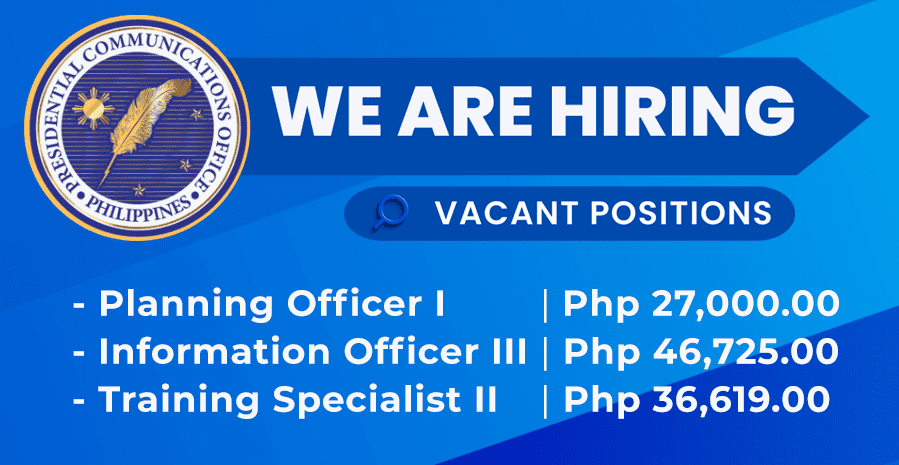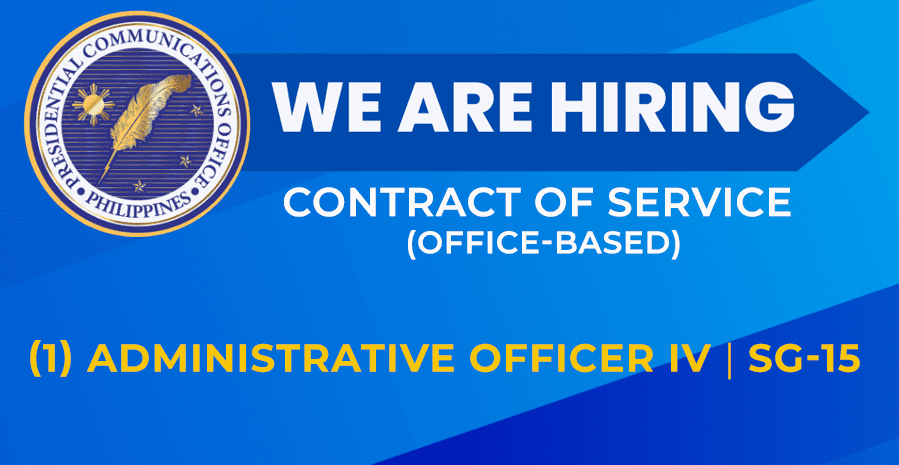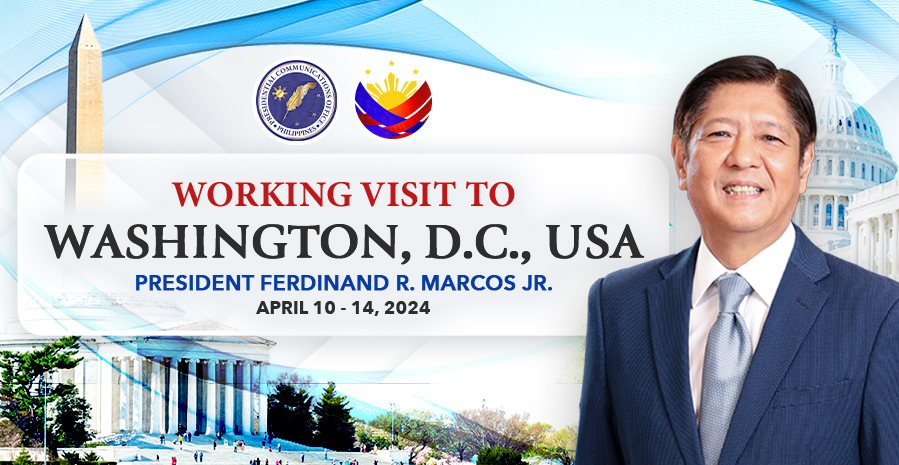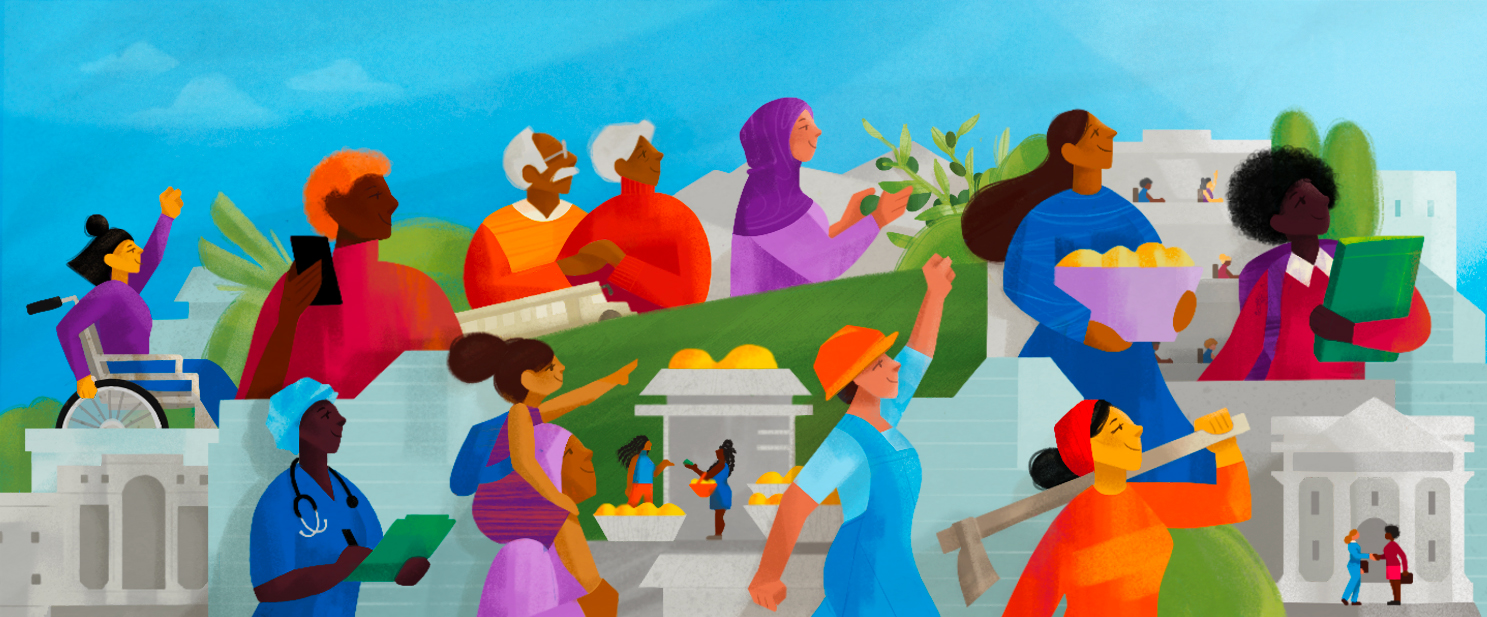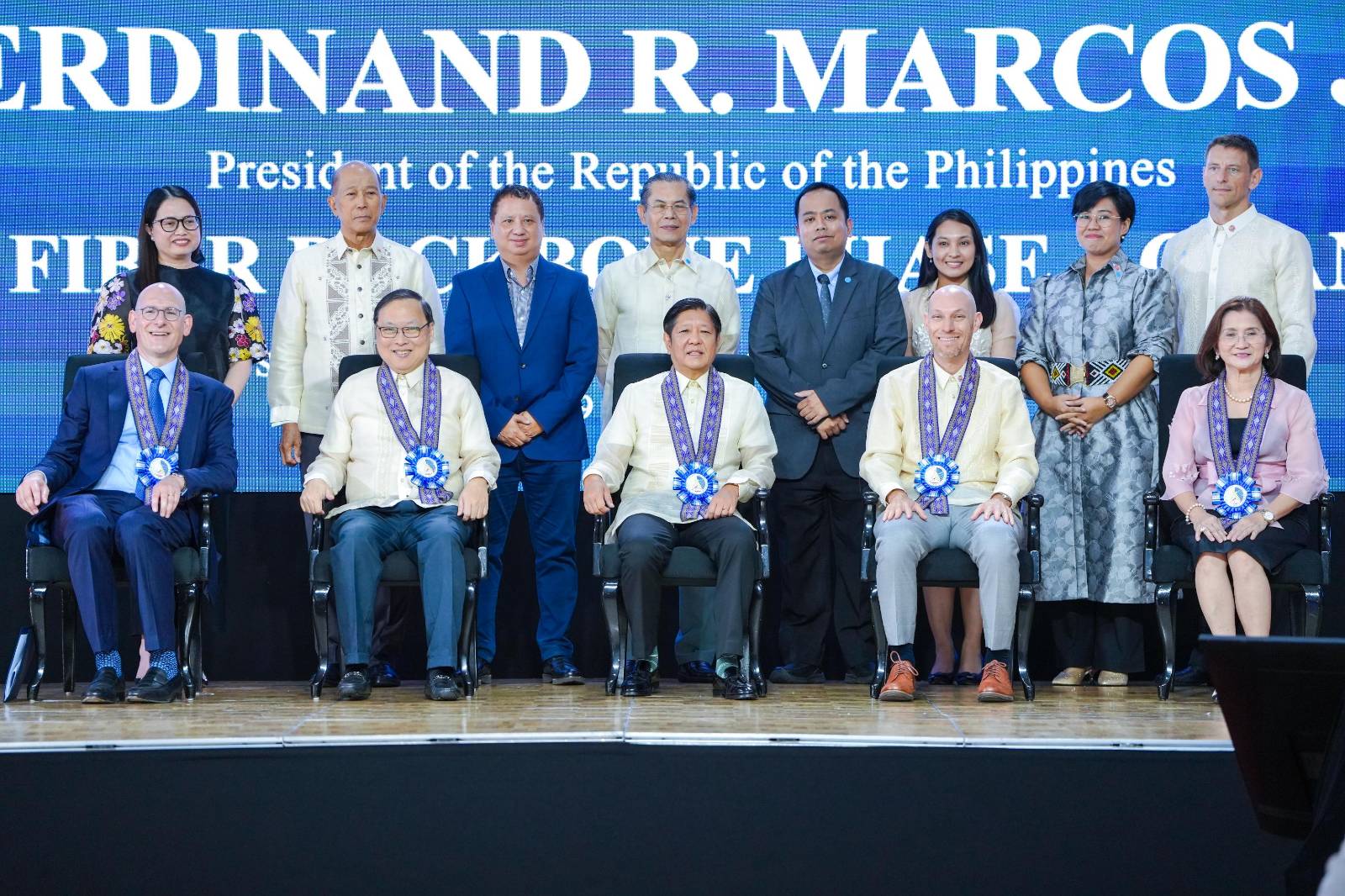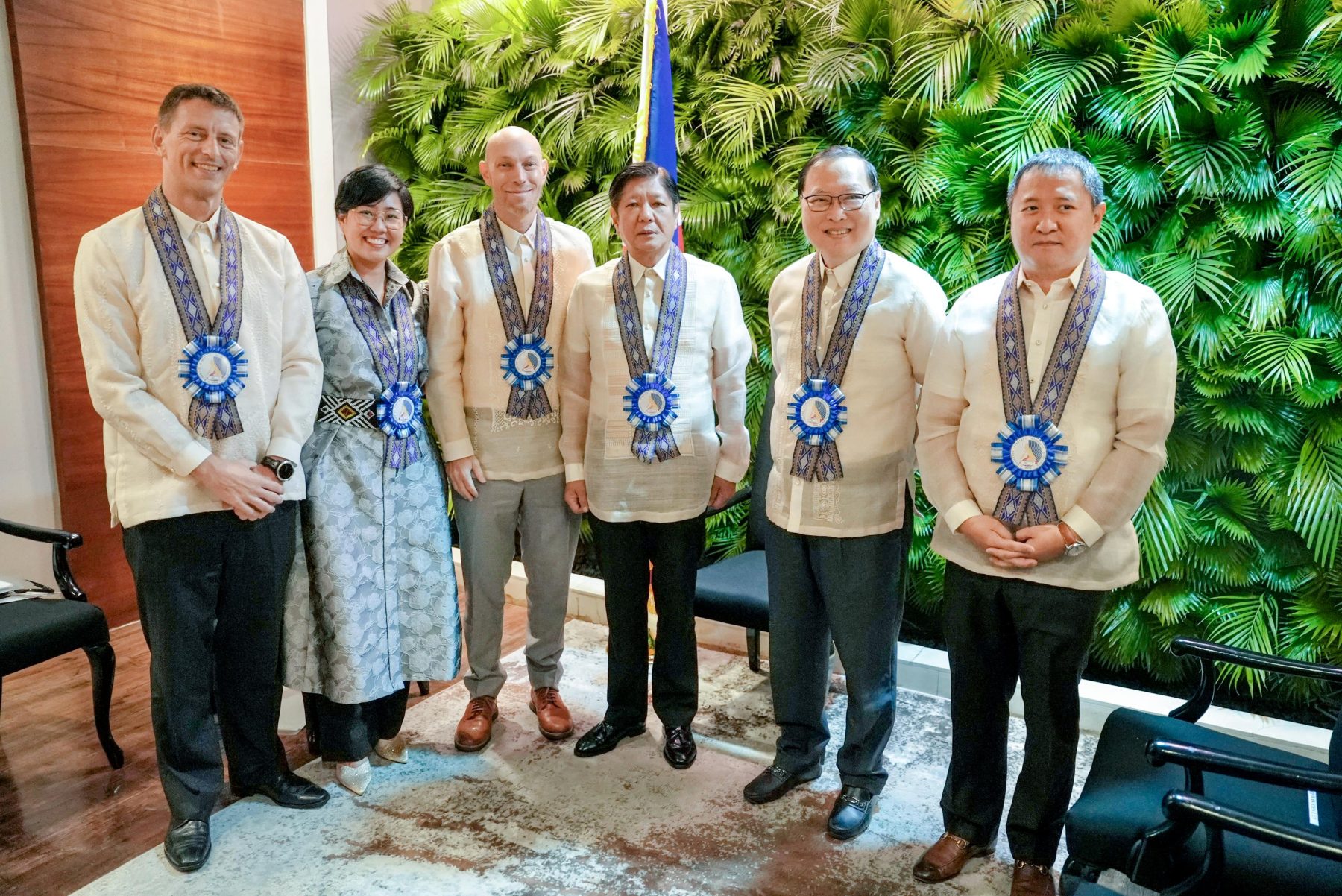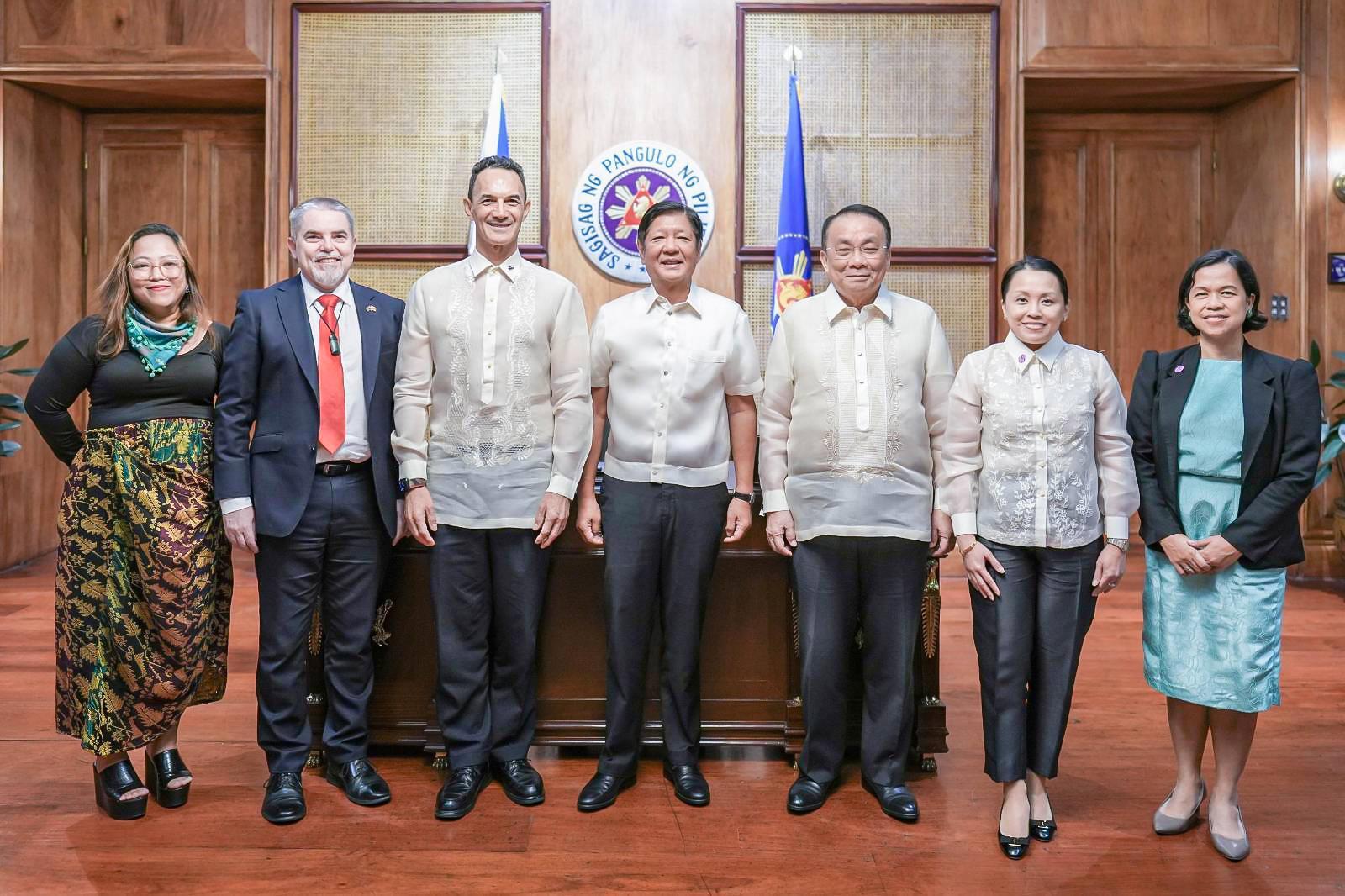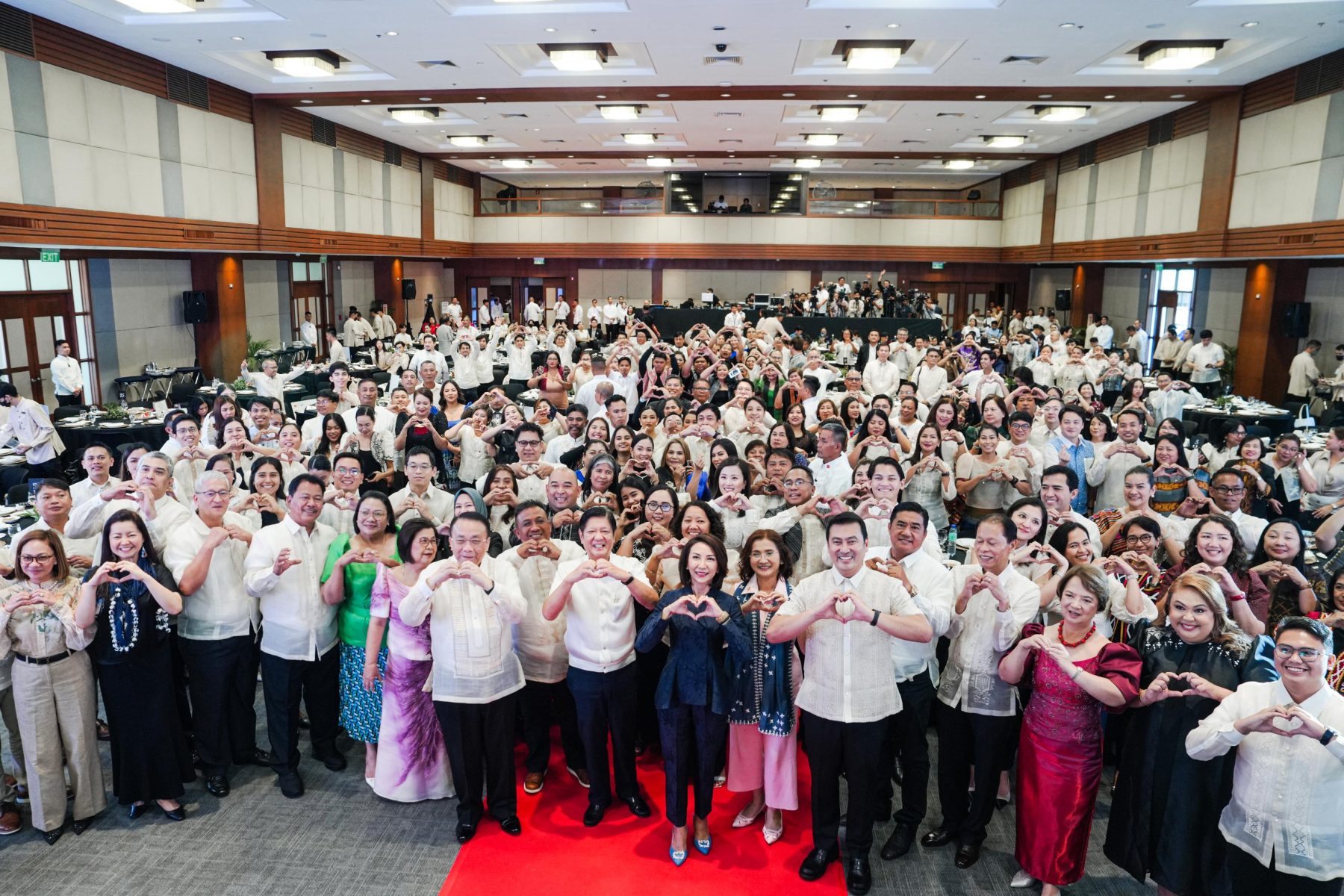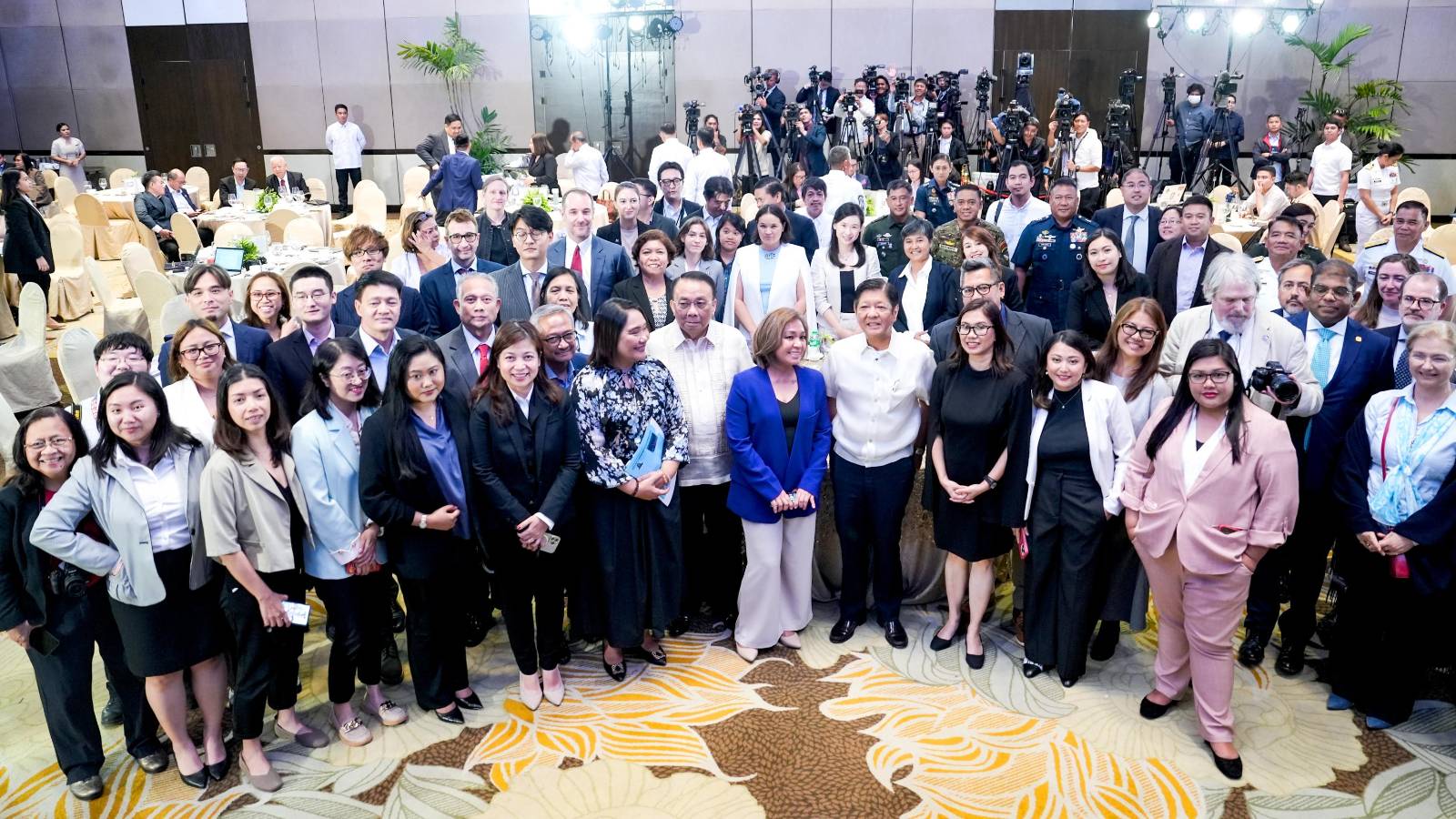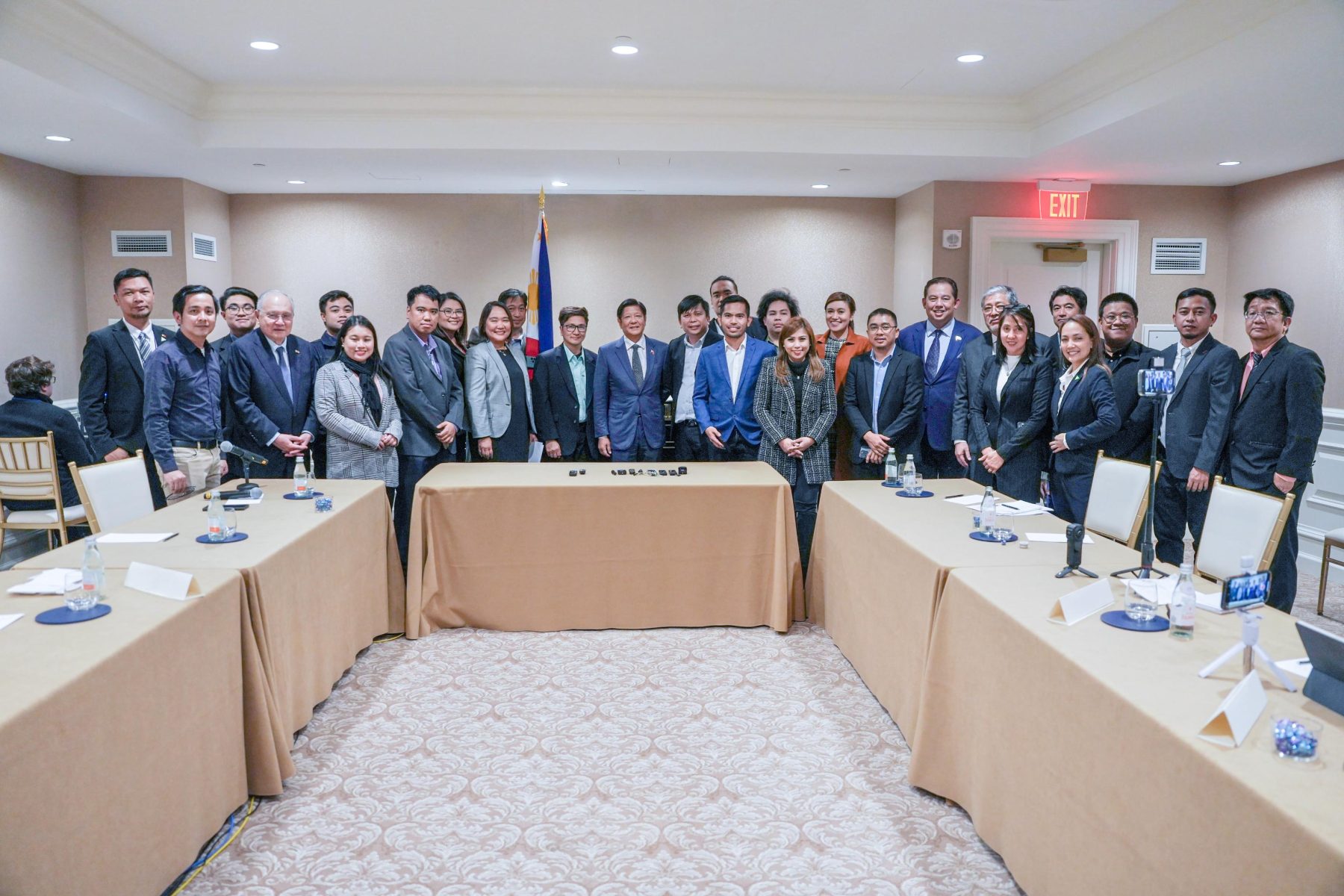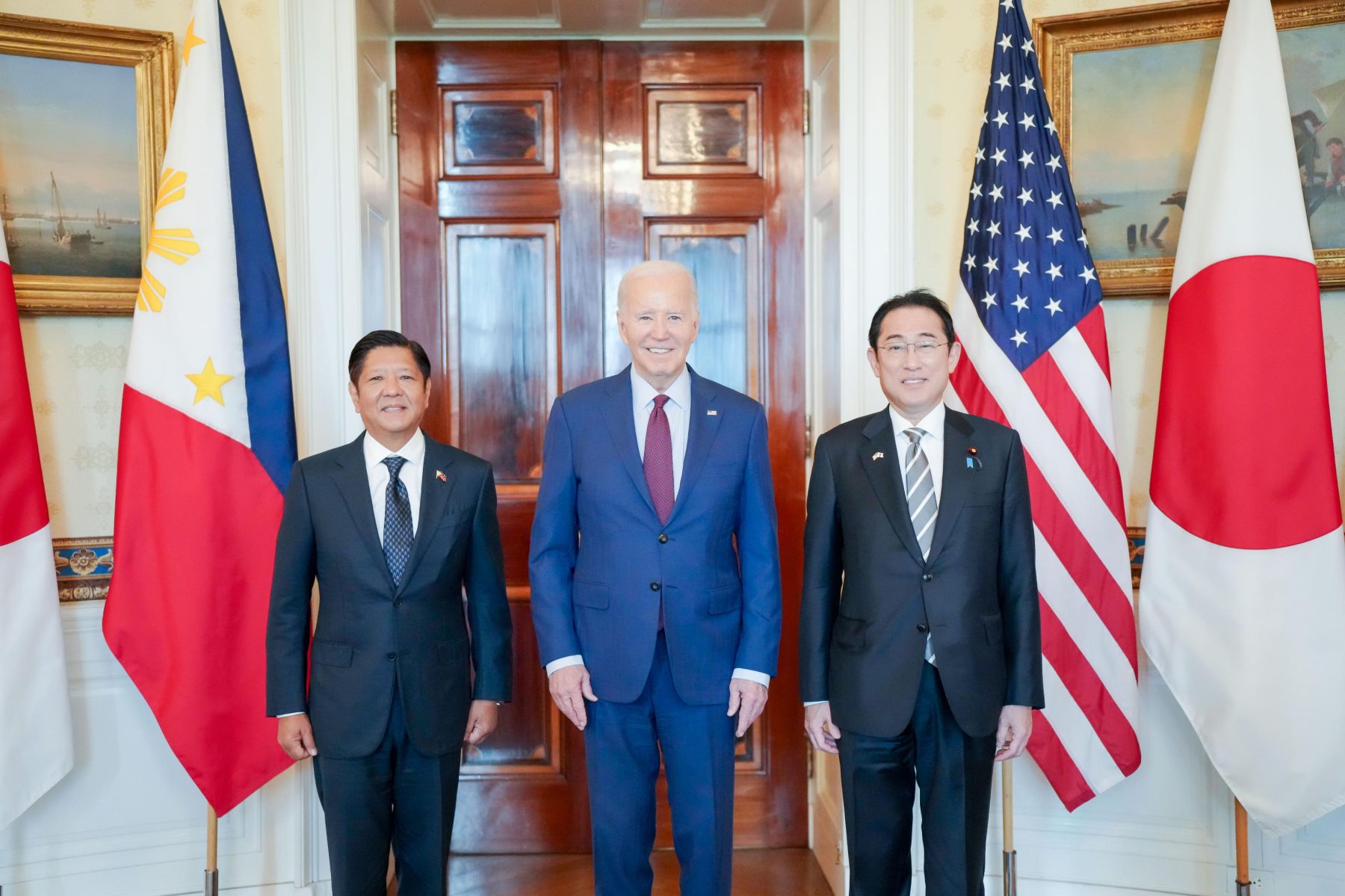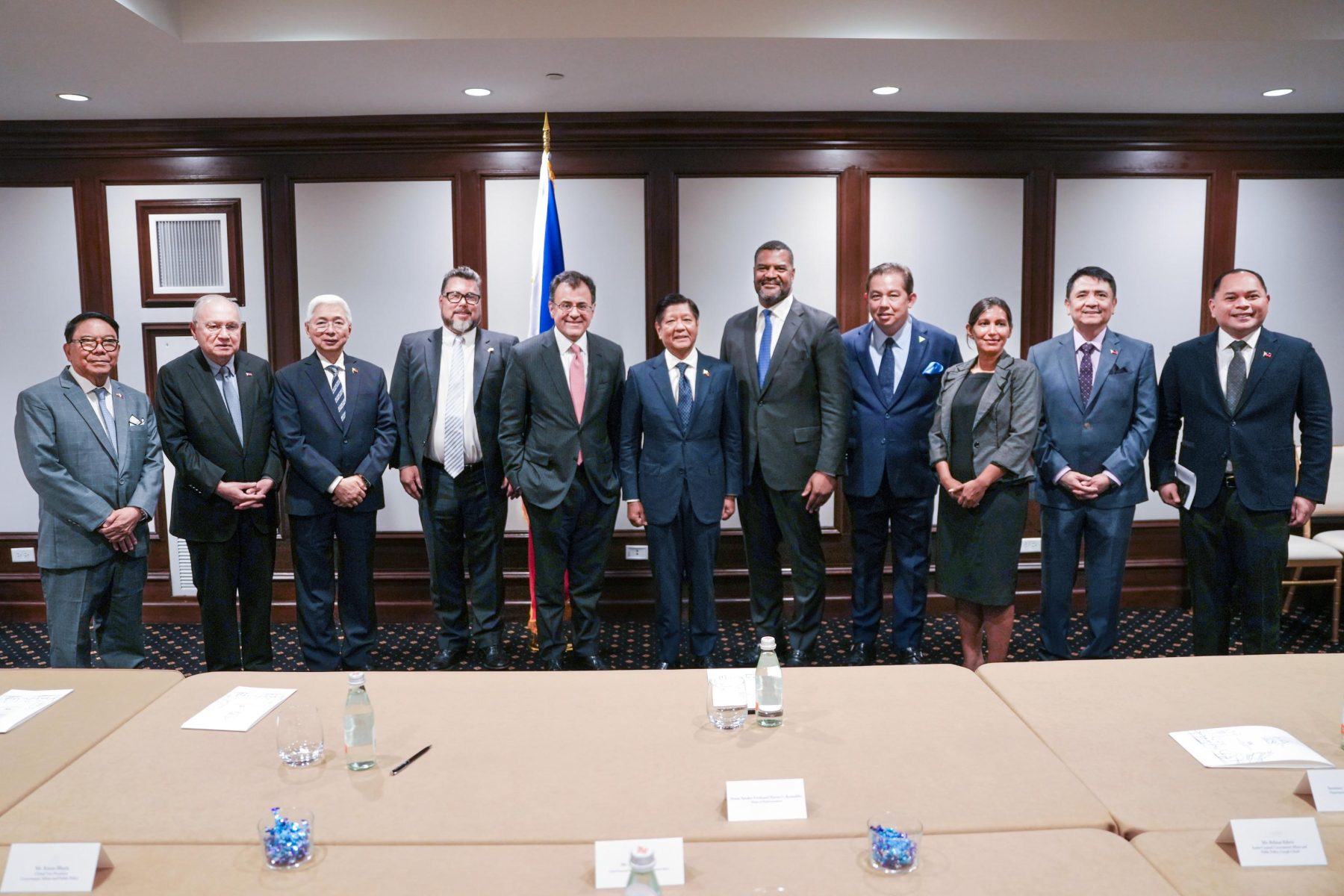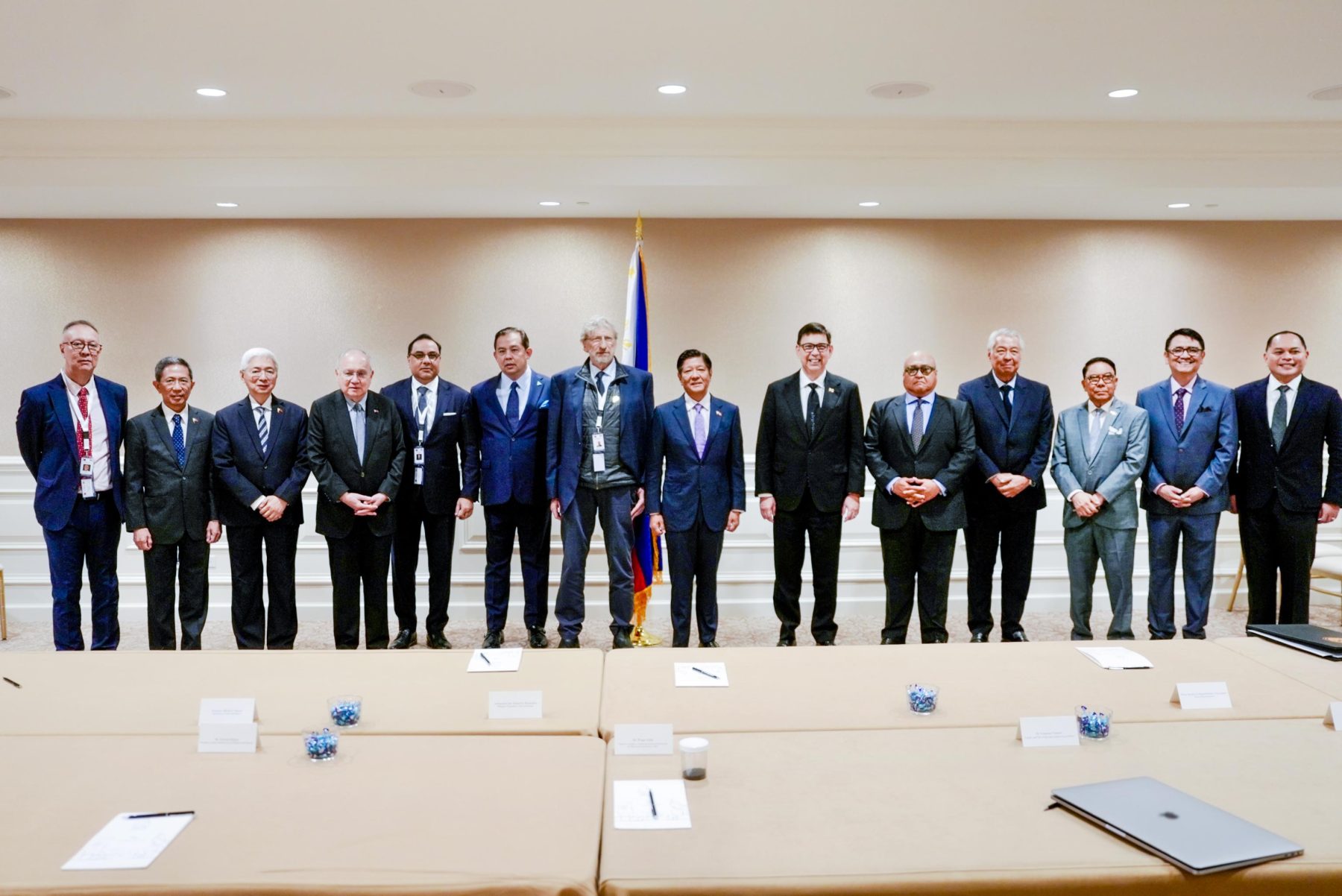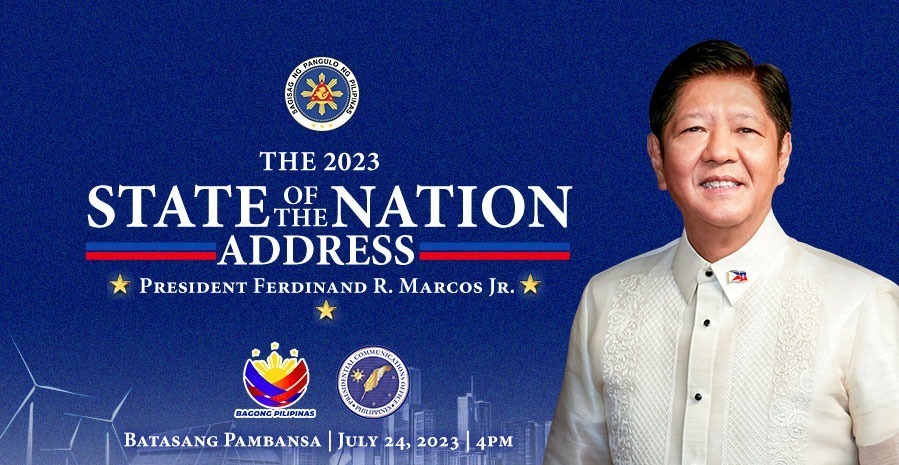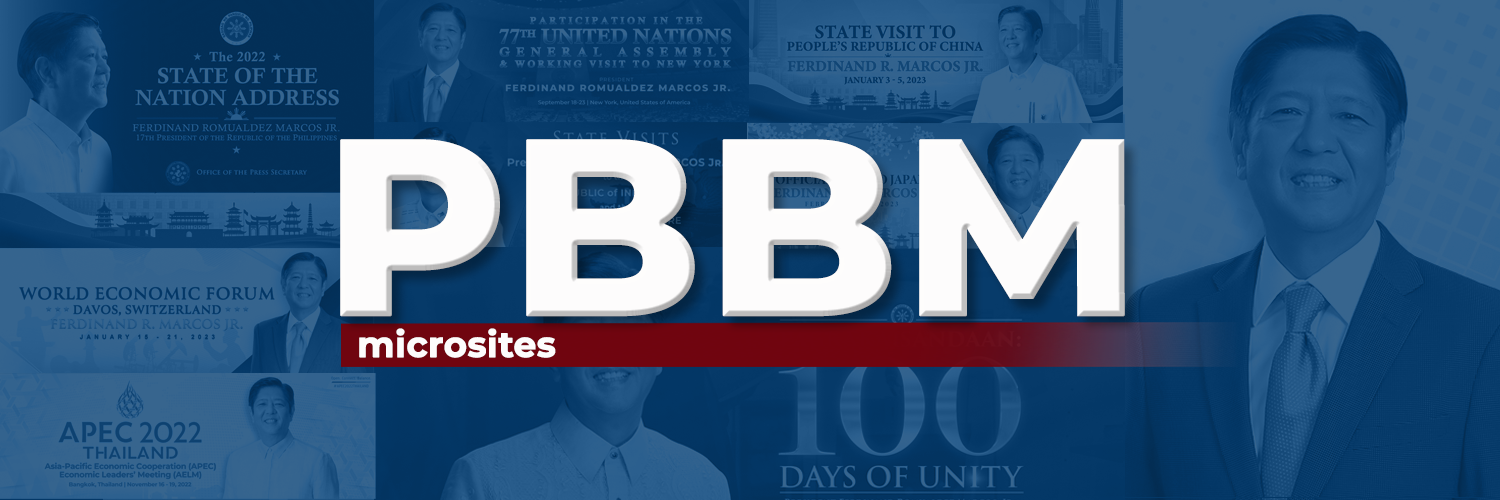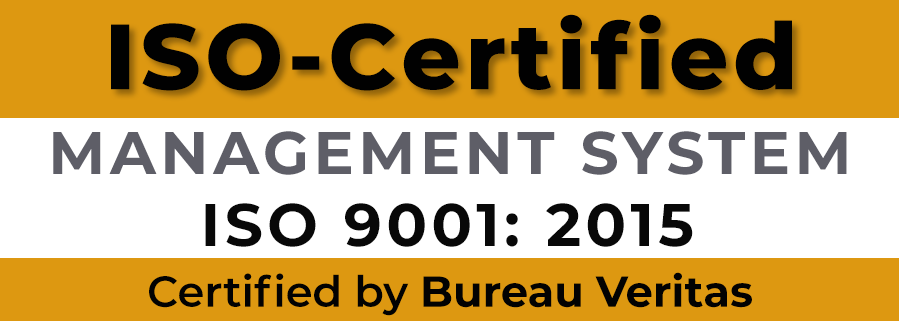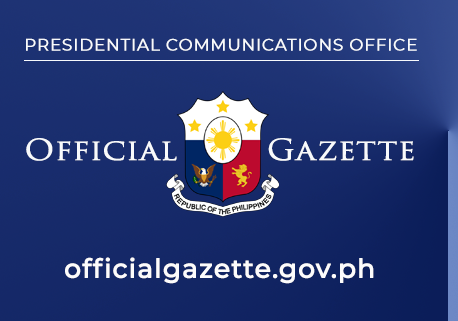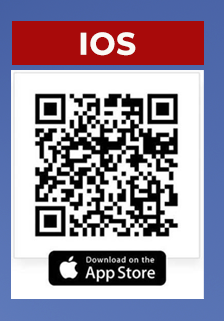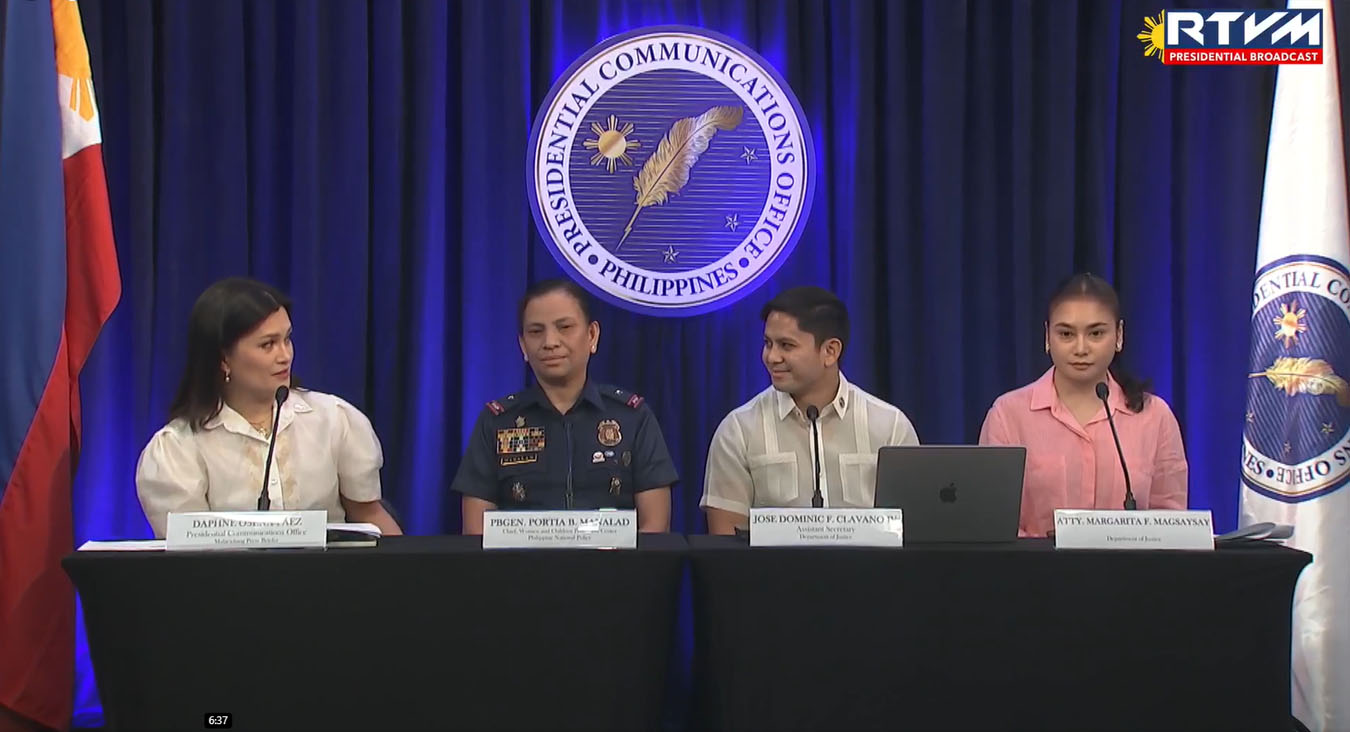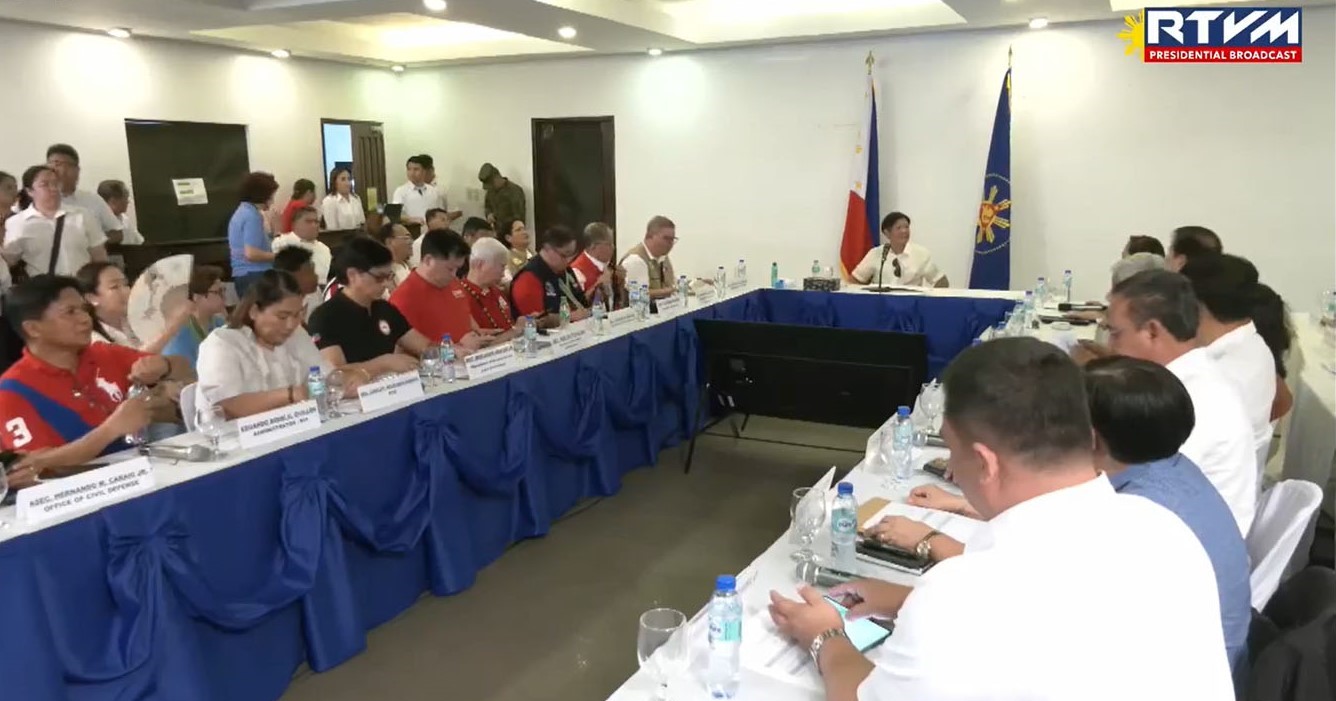November 07, 2015 – News Releases
 |
| 07 November 2015 |
APEC News Releases |
|
|
| Acquiring land hampers government’s relocation efforts in Typhoon Yolanda-devastated areas |
| The government is having difficulty acquiring lands that would serve as relocation sites for the survivors of Typhoon Yolanda that’s why there are some delays on the transfer of families who are still living in bunkhouses especially in Tacloban City, a Palace official said on Saturday.
Deputy presidential spokesperson Abigail Valte said in a radio interview on Saturday that the tracts of land initially identified by the government have some problem forcing it not to buy the land. “Hindi po nagkatuluyan (land purchase) dahil mayroon po palang problema doon sa mga lupa na in-identify para naman po sa national government,” she told dzRB Radyo Ng Bayan. “Malaki po talagang challenge ang land acquisition pagdating doon sa pagtatayo po natin ng mga permanenteng pabahay para po doon sa mga biktima.” Asked to compare the post-‘Yolanda’ rebuilding problems to US government efforts to rebuild communities devastated by Hurricane Katrina, Valte said even a wealthy country as the US has struggled to rehabilitate disaster areas. Typhoon Yolanda was also devastating compared to Hurricane Katrina that hit the US. But the Philippines fairs well in its rebuilding initiatives, Valte said noting that even multilateral agencies like the United Nations and the World Bank have praised the government for its very effective process of rebuilding. Valte also cited a National Housing Authority data regarding the shelter construction efforts by the government. The NHA completed 17,641 units while the construction of 41,566 units are ongoing, she said. Also, 929 housing units were turned over to families in Tanuan and Tacloban City, Leyte. About 1,500 families have been relocated to permanent housing sites in Ridgeview Park, in Villa Sofia, as well as Villa Diana and these communities already have their own source of potable water through a water supply support system, she added. Valte reported that the NHA targets to complete a total of 92,544 housing units by December 2016. The country marks this month the second year of the disaster that left more than 6,000 people dead in Eastern Visayas, based on government figures. PND (as) |
|
|
| Government releases road advisories in connection with the country’s APEC hosting |
| In line with security preparations for the upcoming APEC Economic Leaders’ Meeting, the Metropolitan Manila Development Authority (MMDA) has released advisories regarding road closures and rerouting schemes to be implemented in the metropolis, the Palace announced on Saturday.
From November 16 to 20, special APEC-only lanes will be set up along EDSA, and the entirety of Roxas Boulevard will be closed to non-APEC vehicles. The full list of advisories may be found on the official APEC Philippines website, apec2015.ph, Deputy Presidential spokesperson Abigail Valte said on Saturday. “The page contains infographics on road closures around the Mall of Asia Arena and CCP Complex areas, as well as information on alternate routes, truck bans, and no-fly zones,” she told dzRB Radyo Ng Bayan. “The public is further advised that the number coding scheme will still be implemented during Leaders’ Week. Motorists and travelers are advised to plan accordingly.” Additional information to be found on the APEC 2015 website include announcements regarding work and class suspensions, as well as guidelines on pay rules for November 18 and 19, which have earlier been declared as special non-working days in National Capital Region, she said. The website also contains a feature containing suggestions on how Metro Manila residents can make the most of the long weekend, Valte added. The Palace official also announced that starting November 9, the APEC Channel will be going live on SkyCable Channel 133. This is part of the government’s effort to bring the hosting closer to the people, she said. She said that apart from airing coverage of speeches, meetings, and press briefings, the APEC Channel will also feature live broadcasts of the arrivals of the twenty Economic Leaders and the Leaders’ Welcome Reception on November 18. The Channel is complemented by a free app called APEC TV, which can be downloaded from the Google Play Store or App Store, according to Valte. “We encourage the public to download the app, so they can get real-time updates on schedules, photos, and releases,” she said. The Philippines will host the APEC Economic Leaders’ Meeting at the Philippine International Convention Center from Nov. 17 to 20. PND (as) |
|
|
| Palace asks Filipinos to support ‘visit the Philippines again 2016’ campaign of the Department of Tourism |
| Malacanang asked the Filipino public to support the Department of Tourism campaign for next year for the country to attract more visitors.
In a radio interview on Saturday, Deputy Presidential spokesperson Abigail Valte mentioned the DOT’s launch of the “Visit the Philippines Again 2016”, the DOT’s tourism promotion campaign next year. She also said the Department of Tourism also launched a contest of “epic picture failures,” — these are badly framed or funny photographs of tourists visiting the Philippines. Should their photos be chosen, these tourists will be given an opportunity to once again visit the Philippines under the DOT campaign. “Nakakatuwa, ang ganda po ng plug ng DOT, suportahan po natin ang kanilang bagong kampanya,” she said over dzRB Radyo ng Bayan. The DOT launched last month its marketing campaign for 2016 building on the tourism campaign used by the department this year. The DOT tapped singer Apl.de.Ap, who is a popular entertainer and member of the group The Black Eyed Peas. The singer will write a song and appear in a video promoting the Philippines. PND (as) |
|
|
| APEC senior officials poised to process the policies, initiatives and programs during the hosting of the Philippines this year |
| SENIOR Officials from the 21 Asia-Pacific Economic Cooperation (APEC) member economies are scheduled to meet in Manila on November 13 to 14 to process the year’s worth of work under the leadership of the Philippines, prioritizing deliverables such as action plans and statements to be endorsed to APEC Ministers and Leaders, for adoption.
A total of 229 meetings, including meetings under the APEC Finance Ministers’ Process, sectoral ministerial meetings and high-¬level policy dialogues, and the APEC Business Advisory Council (ABAC) as the private sector arm of APEC. Policies, initiatives, and programs were developed during these meetings. Some of these include: 1.) The Renewed APEC Agenda for Structural Reform (RAASR) which was endorsed by the APEC Structural Reform Ministers. The The RAASR reaffirms economies’ commitment to accelerate efforts to address institution building in APEC economies through structural reform and targeted capacity building on economic governance, unilateral reforms aimed at further improving the services sector, regulatory infrastructure, and competition policy. 2.) The Boracay Action Agenda (BAA) to Globalize micro, small, and medium enterprises (MSMEs) which was developed by APEC Trade Ministers. BAA outlines actions that are practical and important for MSMEs’ participation in global trade, such as access to finance, e-¬commerce, and markets. APEC officials have also developed an implementation Plan which will guide economies to identify areas of convergence across APEC fora, and work with ABAC on complementary projects and efficient use of resources in implementing MSME initiatives. 3.) The Cebu Action Plan (CAP) which was developed by APEC Finance Ministers. The CAP is a roadmap and a “living document” that will guide economies promote intra-¬regional trade and investments, connectivity, infrastructure development, and MSME and supply chain financing. It works on four pillars: promoting financial integration; advancing fiscal reforms and transparency; enhancing financial resiliency; and accelerating infrastructure development and financing. 4.) The APEC Strategy for Strengthening Quality Growth that embeds the principles of institution building, social cohesion/equity, and concern for environmental impact of economic/industrial activities as new dimensions with which growth should be pursued. The Strategy underscores how quality growth is about the economic well-¬being of every individual and of every economy, focusing on how growth can be sustained over the medium-¬ to long-¬term. Thus, governments of each APEC economy are called to ensure the principles of good governance, transparency, and inclusion in their individual economic pursuits. In the next 5 years until 2020, this document will serve as a strategic guide for APEC as an institution and as individual economies in strengthening quality growth through agreed initiatives that could be pursued collectively or unilaterally. 5.) The Strategic Plan of the Policy Partnership on Women and the Economy (PPWE) 2015-2018 was developed by APEC this year to advance women’s full and equal economic participation through improved access to capital and assets;; access to markets; skills, capacity uilding, and health; women’s leadership, voice, and agency; innovation and technology. Projects include the Women and the Economy Dashboard to track, measure, and communicate progress in reducing barriers to women’s economic participation; the Guide in Gender Criteria for APEC Project Proposal to ensure mainstreaming of gender perspectives across APEC; and the Policy Toolkit on Healthy Women, Healthy Economy to improve the physical and mental health, safety, and well-¬being of women in the workplace. 6.) The APEC Disaster Risk Reduction Framework facilitates collective work in building adaptive and disaster-¬resilient economies supporting inclusive and sustainable development in the face of the “new normal”-¬the increasing frequency, magnitude and scope of natural disasters, and the resultant disruption on the increasingly integrated and interlinked production and supply chains. The Framework enables collaboration in the four interoperable and mutually reinforcing pillars, namely: Prevention and Mitigation, Preparedness, Response, and Rehabilitation and Build Back Better. 7.) The APEC Group of Friends on Disability was established to promote sharing of information, resources and good practices on disability issues among APEC members. APEC is also developing an Inclusive Mobility Framework in 2016 aimed to develop safe, secure and accessible transportation for persons with disabilities. Also this November, Leaders are expected to endorse the APEC Services Cooperation Framework (ASCF) as a long-¬term strategic document, which will provide a common direction and more coherence in APEC’s work on services and help economies gain a deeper understanding of the policy and regulatory settings that will best facilitate innovative, productive, and vibrant services sectors, as appropriate to their needs. This Framework recognizes that more competitive services sectors help create jobs, produce quality goods, widen choices for consumers, and harness opportunities for businesses particularly for micro, small, and medium enterprises. The ASCF is complemented by the APEC Virtual Knowledge Center (to be launched at CSOM), the APEC Services Trade Access Requirements (STAR) Database, and the recently endorsed Manufacturing-¬Related Services Action Plan and Environmental Services Action Plan. (PCOO-APEC Communications Group) |
|
|

